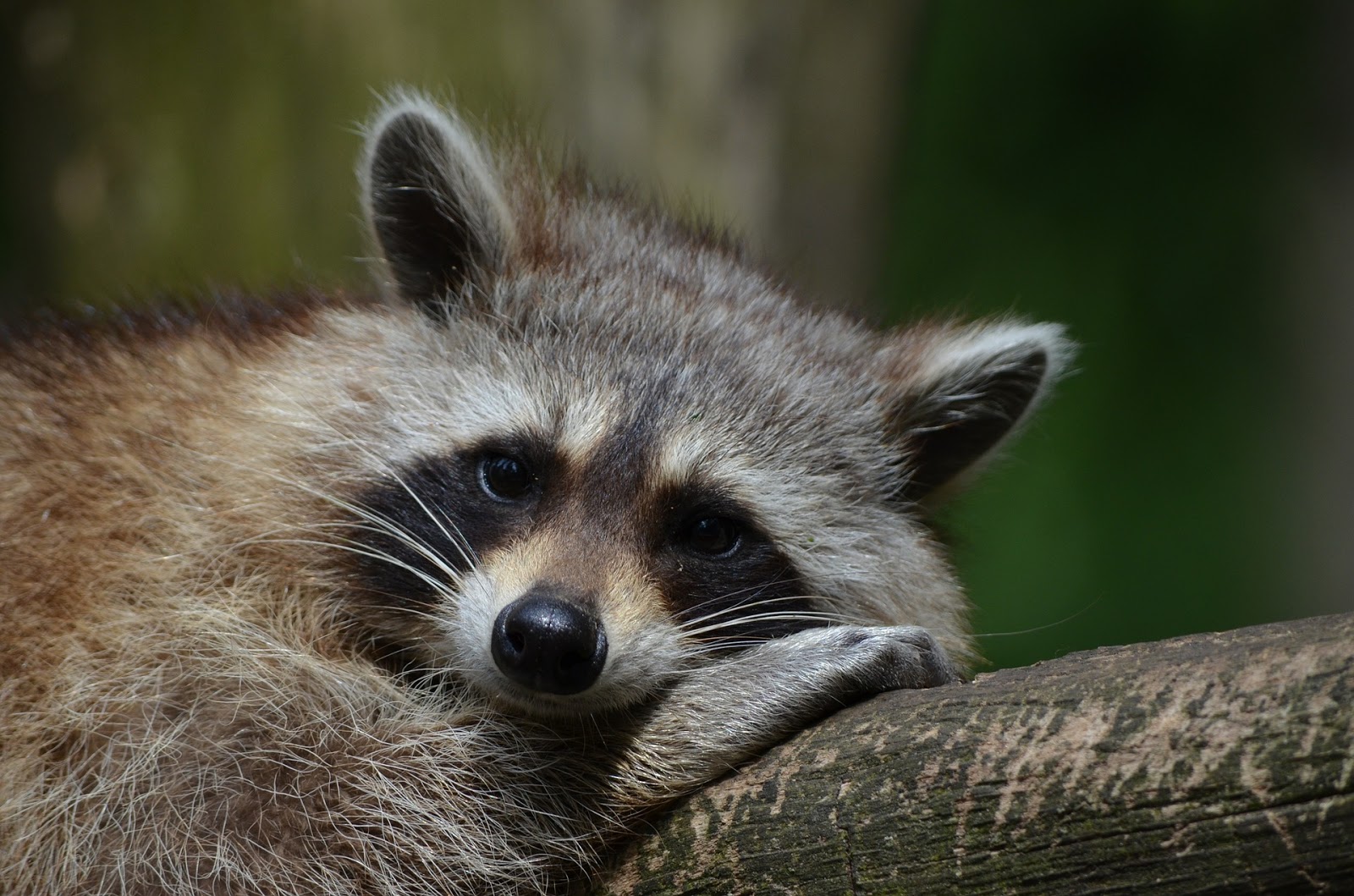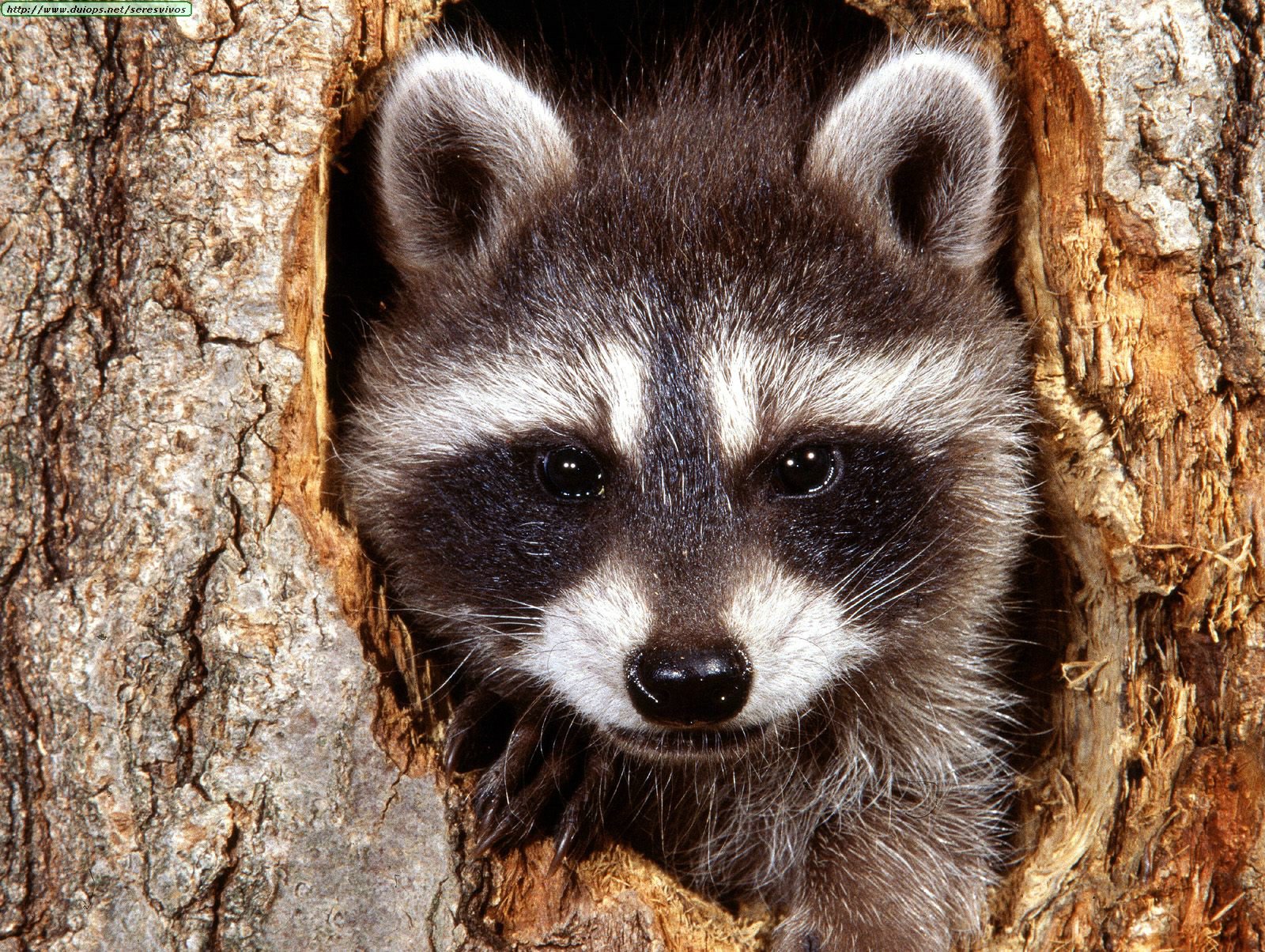Discovering The Fascinating World Of Mapaches: Nature's Clever Creatures
Mapaches, commonly known as raccoons, are some of the most intelligent and adaptable creatures found in North America. These nocturnal mammals have captured the attention of many due to their striking appearance and clever behaviors. In this article, we will explore various aspects of mapaches, including their biology, habitat, behavior, and their role in the ecosystem. We will also delve into the unique characteristics that make them such intriguing animals and the conservation efforts in place to protect them.
Understanding mapaches is essential not only for wildlife enthusiasts but also for anyone interested in the balance of ecosystems. As we uncover the secrets of these fascinating creatures, readers will gain insight into their significance in nature and the challenges they face in a rapidly changing world. Join us on this enlightening journey into the life of mapaches!
From their playful antics to their remarkable problem-solving skills, mapaches are more than just cute animals; they are an integral part of our environment. Let’s dive deeper into the world of mapaches and uncover what makes them so special.
Table of Contents
- Biography of Mapaches
- Physical Characteristics
- Habitat and Distribution
- Behavior and Social Structure
- Diet and Feeding Habits
- Reproduction and Lifespan
- Conservation Status
- Fun Facts about Mapaches
Biography of Mapaches
Mapaches, scientifically known as Procyon lotor, are part of the Procyonidae family. They are native to North America and have adapted to various habitats, from forests to urban areas. With their distinctive black "mask" markings around their eyes and ringed tails, mapaches are easily recognizable.
| Attribute | Details |
|---|---|
| Common Name | Mapache (Raccoon) |
| Scientific Name | Procyon lotor |
| Family | Procyonidae |
| Habitat | Forests, wetlands, urban areas |
| Diet | Omnivorous |
| Average Lifespan | 2 to 3 years in the wild; up to 5 to 7 years in captivity |
Physical Characteristics
Mapaches are medium-sized mammals, typically weighing between 8 to 20 pounds and measuring about 24 to 38 inches in length, including their bushy tails. Their fur is thick and grayish-brown, while their distinctive facial markings give them a unique appearance.
Key Physical Features:
- Black "mask" markings around the eyes
- Ringed tail with 4 to 6 black bands
- Sharp, dexterous front paws
- Large, expressive eyes
These physical traits not only contribute to their charm but also aid in their survival. The mapache's dexterous paws allow them to manipulate objects, open containers, and forage for food with great agility.
Habitat and Distribution
Mapaches are highly adaptable creatures that thrive in a variety of environments. They are commonly found in forests, wetlands, and urban areas, demonstrating their remarkable ability to coexist with humans.
Geographic Distribution:
Mapaches are primarily found throughout North America, from southern Canada to central Mexico. Their range has expanded significantly due to urbanization, and they are now commonly seen in suburban neighborhoods.
Behavior and Social Structure
Mapaches are known for their curious and intelligent nature. They are primarily nocturnal, meaning they are most active at night. Their social structure is quite flexible; they are generally solitary but may form small groups, especially when foraging for food.
Cognitive Abilities:
- Problem-solving skills: Mapaches can open jars and unlock containers to access food.
- Memory: They have excellent memories, allowing them to remember the locations of food sources.
- Playfulness: Young mapaches often engage in playful behaviors, which is essential for their development.
This intelligence is one of the reasons mapaches can adapt so well to urban environments, where they often scavenge for food in garbage cans and dumpsters.
Diet and Feeding Habits
Mapaches are omnivorous, meaning they eat a wide variety of foods. Their diet consists of fruits, nuts, seeds, insects, small mammals, and even human food when available.
Feeding Behavior:
- Foraging: Mapaches are known for their foraging skills, often searching for food in the ground, trees, and water sources.
- Handling Food: They often wash their food in water, a behavior that has led to the myth of them "washing" their food.
- Seasonal Diet: Their diet changes with the seasons, focusing on fruits in the fall and insects in the summer.
Reproduction and Lifespan
The breeding season for mapaches typically occurs in late winter to early spring. Female mapaches give birth to litters of 2 to 7 kits after a gestation period of about 65 days.
Life Cycle:
- Kits are born blind and helpless, relying entirely on their mother for care.
- Weaning occurs at about 8 to 10 weeks, after which kits begin to explore their surroundings.
- Young mapaches usually leave their mother by the end of summer, becoming independent.
In the wild, mapaches typically live for 2 to 3 years, while those in captivity can live up to 5 to 7 years.
Conservation Status
As adaptable creatures, mapaches are not currently considered endangered; however, they face threats such as habitat loss, pollution, and vehicle collisions. Conservation efforts focus on preserving their natural habitats and promoting coexistence with human populations.
Conservation Efforts:
- Habitat Protection: Preserving natural habitats to ensure mapaches can thrive.
- Public Awareness: Educating communities about the importance of mapaches in the ecosystem.
- Safe Passage: Implementing wildlife crossings to reduce vehicle collisions.
Fun Facts about Mapaches
Here are some interesting facts about mapaches that might surprise you:
- Mapaches have an excellent sense of touch, thanks to the sensitive pads on their paws.
- They can rotate their hind feet, allowing them to climb down trees headfirst.
- Mapaches are known for their vocalizations, which include purring, chattering, and screeching.
- They are known to "wash" their food, a practice that is more about handling than actual washing.
Conclusion
Mapaches are remarkable creatures with unique adaptations that allow them to thrive in various environments. Their intelligence, adaptability, and playful nature make them a captivating subject of study and admiration. As we continue to learn more about these fascinating animals, it is essential to support conservation efforts to ensure their survival in the wild.
If you enjoyed this article, please leave a comment below, share it with your friends, or check out our other wildlife articles for more exciting information!
Penutup
Thank you for exploring the world of mapaches with us! We hope you found this article informative and engaging. Be sure to visit our site again for more fascinating insights into wildlife and nature.
Dulles Airport: A Comprehensive Guide To Washington Dulles International Airport
Pomeranian: The Ultimate Guide To This Adorable Breed
Understanding Houses: A Comprehensive Guide To Home Types, Design, And Ownership


